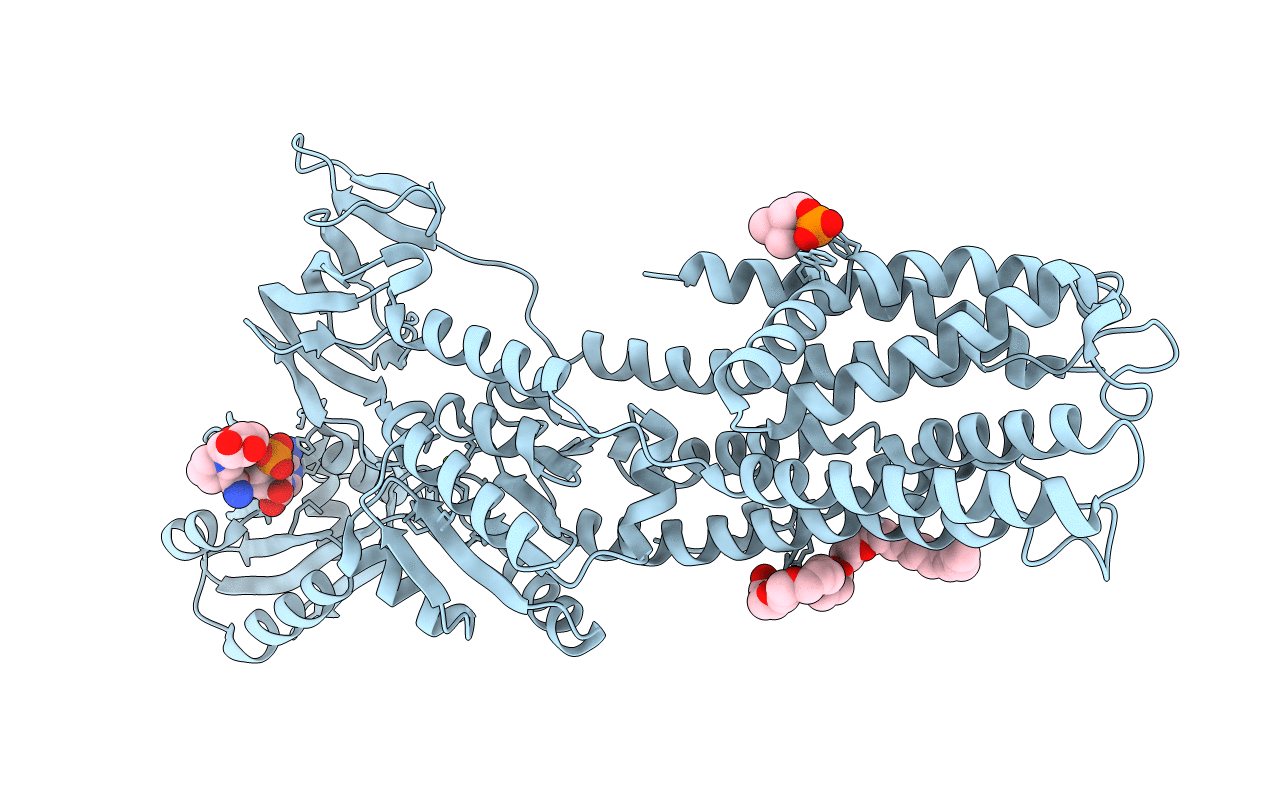
Deposition Date
2012-09-25
Release Date
2013-12-11
Last Version Date
2024-11-06
Entry Detail
PDB ID:
4BBJ
Keywords:
Title:
Copper-transporting PIB-ATPase in complex with beryllium fluoride representing the E2P state
Biological Source:
Source Organism:
LEGIONELLA PNEUMOPHILA SUBSP. PNEUMOPHILA (Taxon ID: 91891)
Host Organism:
Method Details:
Experimental Method:
Resolution:
2.75 Å
R-Value Free:
0.24
R-Value Work:
0.19
R-Value Observed:
0.20
Space Group:
C 1 2 1


